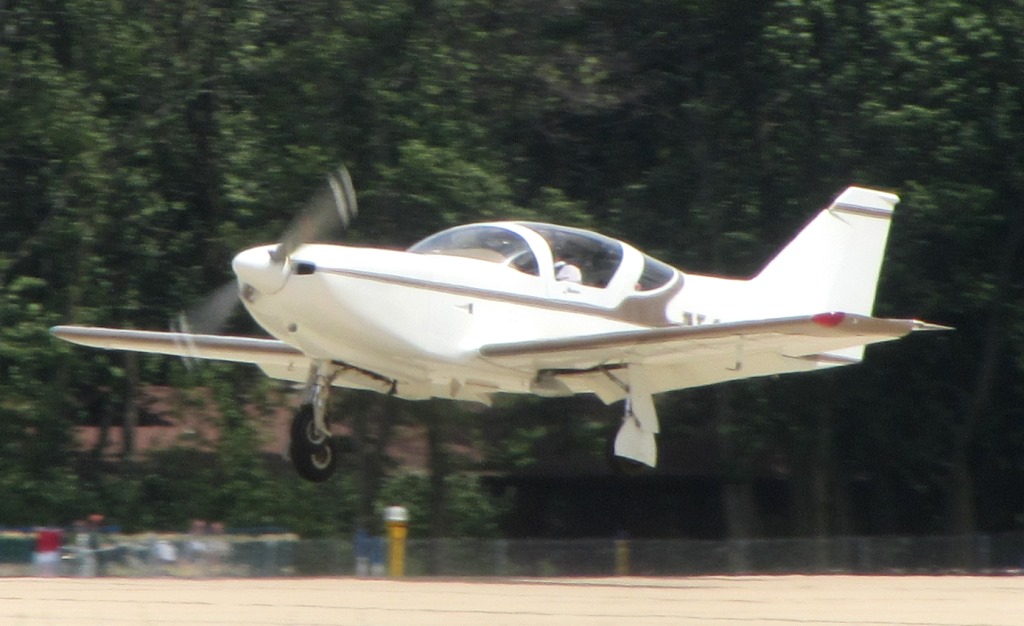
May 22, 2020 Update:
We have covered the Kedrowski v. Lycoming lawsuit for years now. It is a lawsuit over a small plane crash case that resulted terrible physical injuries to the pilot and a $27 million jury verdict.
In our most recent post (below) we questioned how courts could find that attorney misconduct infected and was prejudicial to a jury’s decision on liability but not as to its decision as to the damages. Lycoming shared our view and sought Minnesota Supreme Court review. (Here is Kedrowski’s response.) Recently, the Minnesota Supreme Court rejected Lycoming’s petition. Now we’ll see whether Lycoming wants to go to trial, again, on liability to avoid a set-in-stone damages amount of $27 million…
Maybe we will get to see whether the trial court will go along with the jury instruction of Minnesota Court of Appeals Judge Randall: “The crash involved a single person, the pilot. There were extensive injuries and a prior jury assessed the monetary award for the injuries at $27.7 million. That has been decided and is not before us today. This trial deals exclusively with the issues of causation and negligence.”
Original post (2/12/2020):
A lawyer’s misconduct at trial jeopardizes a $27 million plaintiff’s verdict. While this would seem to suggest that the lawyer’s misconduct back-fired, it was a calculated risk and we will never know whether or to what extent the plaintiff won his $27.7 million verdict due to the lawyer’s improper maneuvers.
Unless the parties negotiate a settlement, they’re due for a new trial but a new trial on liability only, not on the significant damages awarded by a jury already. So maybe, in the end, the lawyer’s breaking the rules of advocacy will have been successful?
Regular Minnesota readers will be familiar with Kedrowski v. Lycoming, et al., a high-dollar personal injury case arising in the aftermath of a terrible small plane accident. The plaintiff, Mr. Kedrowski, sustained “massive injuries,” including “permanent and life-changing injuries from head to toe.” (See here at p. 11.) The lawsuit has been keeping a number of Minnesota litigators (and judges) busy for some years now.
The latest appellate decision poses an interesting legal question: Let’s say a lawyer misbehaves at trial, (1) referring to other alleged product failures unrelated to the case at trial; (2) using a defendant’s newsletter for purposes other than that for which it was admitted; and (3) making disparaging comments about a corporate, its trial strategy, and corporate entities generally.
Let’s say that the trial court finds that this misconduct rose to the level of requiring a new trial.
Does it make sense for the trial court to conclude that the wrong-doing only concerned the liability part of the first trial and not the damages part? If so, then a new trial would concern liability, only, and the $27.7 million jury verdict from the first trial would not be retried?
So ruled the district court and so affirmed the Minnesota Court of Appeals this week.
Did the courts get it right? The law requires that the appellate court give deference to the trial court’s decision on questions like this and it therefore seems to us that the appellate court got it right even if the trial court got it wrong.
But, to us, it seems a bit of hair splitting to suggest that a lawyer’s misconduct affected the jury’s analysis on the question of liability but did not have any effect on its damages finding. Essentially, the trial court and the court of appeals appear to have been influenced by the fact that, as far as they were concerned, the first jury “got it right” on the question of damages. Even if there had been attorney misconduct, “[o]verall, the jury did what it was charged to do. The damages evidence fairly justified a high-end award” (to quote the court of appeals quoting the trial court).
We see the point. But, as the trial court itself recognized, the award was “a high end award.” How can it not have been influenced by the attorneys’ misconduct if the courts agree that that the jury’s determination on liabilty was tainted by it?
And, finally, we note that Minnesota Court of Appeals Judge Randall concurred with the decision but added a note about jury instructions on remand. Judge Randall suggested that the jury be instructed: “The crash involved a single person, the pilot. There were extensive injuries and a prior jury assessed the monetary award for the injuries at $27.7 million. That has been decided and is not before us today. This trial deals exclusively with the issues of causation and negligence.”
I don’t know about you, but if I were counsel for the defendant I would strenuously object to any instruction to the “liability jury” as to the $27.7 million damages verdict from the previous trial. In my view, this would be irrelevant and pose a high risk of prejudice. Rather, I’d advocate that the jury simply be instructed that its job is to determine liability and causation and that the plaintiff’s damages have already been determined and are not part of the jury’s job.
